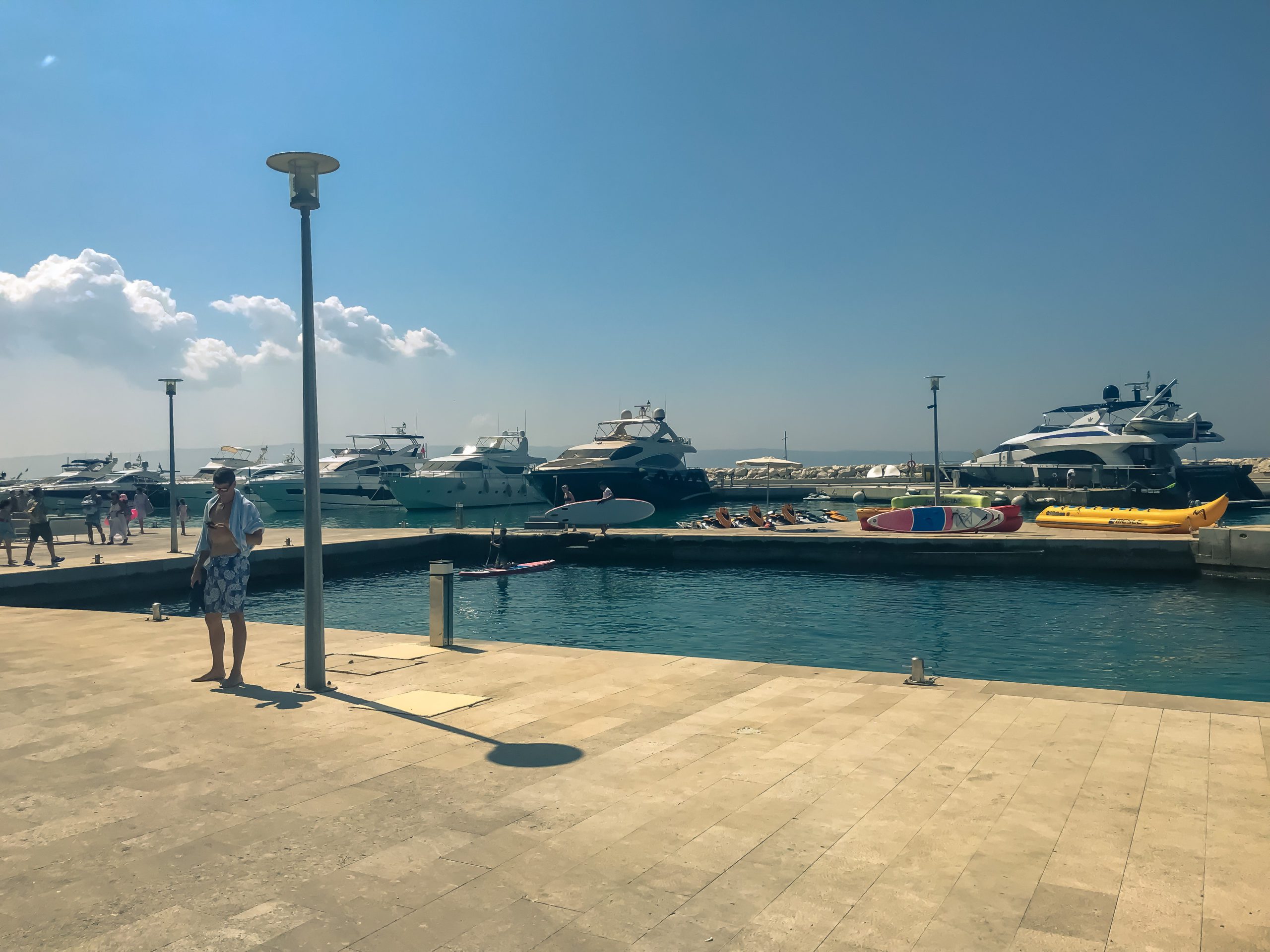In the article “Diese Länder sind besonders stark vom Tourismus abhängig”, the German portal Capital.de published a list of the top 10 European tourism-dependent countries. Croatia was at the very top, but not the first. It’s a big surprise which European country is most economically dependent on tourism, and that’s Georgia. The share of tourism revenues in GDP is as high as 31 percent. The introduction to the article says that countries like Spain and Italy are now trying to save the tourist season. “From an economic perspective, this is understandable, because a significant part of their GDP depends on tourist traffic.”
1. Georgia
Tourism was one of the most important sources of income in the Soviet era. Today, the tourism sector generates 31 percent of GDP. Tourism in the country is booming, with 2018 reportedly visited by 7.2 million passengers – in a country of just 3.7 million.
2. Malta
Malta’s gross domestic product is generated by tourism at 27 percent. Whether you are going through a few days, in autumn, winter, or spring – Malta is always a good choice. The Mediterranean climate is pleasant. Especially young people are attracted to this tourist destination.
3./4. Croatia and Montenegro
Tourism is extremely important for Croatia and we have all known that for a long time. More precisely, without tourism, Croatia would be in a very difficult economic situation. Even with tourism, Croatia is one of the worst countries in the European Union in terms of citizens’ standards. Croatia and Montenegro account for a quarter of their gross domestic product in the tourism sector. Croatians hope that visitors from Germany, the Czech Republic, Poland, Slovenia, and Austria will save the tourist season. More precisely, guests who come by car on vacation.
5. Cyprus
23 percent of Cyprus’ gross domestic product is generated in the tourism sector. Cyprus hopes to return to tourism after the opening of its borders to tourists in June. They are most hoping for the return of British and Russian tourists.
6. Greece
One-fifth of Greece’s GDP comes from tourism. What Greece is primarily known for is its rich cultural heritage. Situated between two seas, Greece is one of the cradles of Western civilization.
7. Portugal
In 2018, a total of 16 million tourists arrived in Portugal. The contribution of tourism to GDP was 18 percent. Almost three-quarters of the total number of overnight stays were spent in Lisbon, the Algarve, and the island of Madeira.
8./9. Spain and Austria
Spain and Austria share eighth and ninth place. In 2018, both countries accounted for 15 percent of gross domestic product from tourism. Austria’s strength in tourism can be expressed in one number: almost 40 million guests visit the country every year.
10. Italy
Last in a list of the top 10 European tourism-dependent countries. Tourism in Italy contributed 13 percent of the country’s gross domestic product produced in 2018. Italy has 51 UNESCO World Heritage Sites. The biggest economic losses will be in Italy and Spain, where the epidemiological situation is still unfavorable because they still have tens of thousands of infected and a lot of newly infected every day.
Coronavirus crisis and top 10 European tourism-dependent countries
Revenues from tourism otherwise occupy an extremely large share in Croatia’s GDP. What will happen now that tourism is in trouble due to the coronavirus crisis? According to Eurostat estimates, there are 2.3 million tourism companies in the European Union, employing 11.7 million people. These are nine percent of employees in the business sector, and 22 percent in the services sector. When it comes to international tourism, the World Tourism Organization (UNWTO) expects that due to the coronavirus pandemic, the number of trips will fall by 20 to 30 percent compared to the record 2019.
Recommended Experiences
I hope you enjoyed reading the article “These are the top 10 European tourism-dependent countries”. Discover the most beautiful and interesting sights. Find, compare, and book sightseeing tours, attractions, excursions, things to do, and fun activities.
Source:
https://www.index.hr/vijesti/clanak/hrvatska-medju-10-europskih-zemalja-koje-najvise-ovise-o-turizmu-ali-nije-najgora/2198292.aspx (18.07.2020.)
https://www.capital.de/wirtschaft-politik/diese-laender-sind-besonders-star-vom-tourismus-abhaengig (18.07.2020.)
